With advancements in technology, many parents wonder if baby monitors can reliably detect an infant’s breathing. Some modern monitors are designed with special sensors to track movement and alert you to irregularities, offering peace of mind. However, it’s crucial to understand how these devices work, their limitations, and that they are a tool to aid supervision, not replace it. Knowing the difference between monitor types helps you ensure your child’s safety while you handle other tasks.
Understanding the Different Types of Baby Monitors
Before you can decide on the right monitor, it’s essential to know the various options available. Each type is designed to meet different parenting needs and lifestyles, from basic audio check-ins to detailed tracking of your baby’s vitals. Choosing the best fit depends on the level of monitoring you’re comfortable with and your budget.
The market offers a wide range of monitors, and understanding their core functions is the first step. Some parents may only need to hear if their baby is crying, while others want a complete visual with environmental and health data. This variety ensures that there is a monitor out there that suits your specific requirements.
Here is a simple breakdown of the most common types of baby monitors you will find:
| Type of Monitor | Primary Function |
|---|---|
| Audio Monitors | Transmit sound from the baby’s room so you can hear them. |
| Video Monitors | Provide a live video feed of your baby’s crib. |
| Movement Monitors | Use sensors to detect movement, including breathing motions. |
| Smart Monitors | Connect to your Wi-Fi and send alerts to a smartphone app. |
| Wearable Monitors | Attach directly to the baby to track vital signs like breathing. |
Ultimately, your choice will balance features, convenience, and cost. A smart monitor might offer incredible peace of mind with its advanced features, but a simple audio monitor is a reliable and budget-friendly option that has served parents well for decades.
How Does Breathing Detection Technology Actually Work?
Monitors equipped with breathing detection use sophisticated sensors to track the tiny movements your baby makes as they breathe. The technology is designed to identify the rhythmic rise and fall of your infant’s chest and abdomen, providing continuous oversight while they sleep.
These devices don’t just “listen” for breathing; they actively sense it. The primary technologies used are motion sensors, often utilizing radar or pads placed under the mattress, which are sensitive enough to pick up micro-movements. Understanding this science helps you appreciate both the capabilities and the potential shortcomings of these monitors. Other types might use infrared sensors to detect heat variations from exhalation.
This constant monitoring is processed by the device’s internal software. If the sensor fails to detect movement for a set period, typically around 20 seconds, it will trigger an alarm to alert you. This system is intended to give you an early warning of potential issues, allowing you to check on your baby immediately.
The Reality of False Alarms and Other Limitations
While breathing detection technology can be a great source of reassurance, it is not perfect. One of the most common issues parents face is false alarms. These can be triggered if the baby rolls to a corner of the crib away from the sensor, or by other minor movements and environmental factors.
False alarms can be incredibly stressful, waking you up in a panic for no reason. It’s a significant drawback that you should be prepared for. It’s crucial to recognize that these monitors are supplementary tools, not foolproof medical devices. Additionally, the accuracy of some sensors can decrease if they are not positioned correctly or if the baby is not directly on top of them.
Delayed readings or a complete failure to detect an issue are also potential risks, although less common with reputable brands. These limitations highlight why you should never rely solely on a monitor. Always use it as an aid to your own parental instincts and regular, in-person checks on your little one.
Choosing the Right Monitor for Your Family’s Needs
With so many options, selecting the right monitor can feel overwhelming. The best approach is to consider your primary concerns and your lifestyle. Do you want a simple audio and video feed, or do you need the extra layer of security that comes with breathing detection?
Comparing traditional monitors to smart monitors is a good starting point. Traditional models are straightforward, reliable for audio and video, and often more affordable. Smart monitors, on the other hand, connect to your phone, offering remote access and advanced health metrics, which is ideal for tech-savvy parents who want detailed data.
When looking for a monitor with breathing detection, consider these features:
- Sensor Type: Does it use an under-the-mattress pad, a wearable clip, or camera-based technology?
- Alarm Sensitivity: Can you adjust the sensitivity to reduce the chance of false alarms?
- Connectivity: Does it use a dedicated parent unit (radio frequency) or a Wi-Fi connection to your phone?
- User Reviews: Check feedback from other parents regarding reliability and accuracy.
Your final decision should be based on a balance of features, reliability, and what will genuinely give you peace of mind.
Safety First: Why a Monitor is Not a Substitute for You
No matter how advanced a baby monitor is, it can never replace the most important safety tool: your direct supervision. Technology can fail, but an attentive parent provides the most reliable care. Think of a monitor as an extra set of ears and eyes, not as a replacement for your presence.
It’s vital to continue practicing safe sleep guidelines recommended by pediatricians. This includes placing your baby on their back to sleep, keeping the crib free of soft bedding and toys, and having them sleep in the same room as you for at least the first six months. A monitor is there to help you when you can’t be in the room, but it doesn’t change these fundamental safety rules.
You should always respond immediately to any alerts from the monitor but also make it a habit to check on your baby in person regularly. This balance between using technology and providing hands-on care is the key to ensuring your child’s safety and well-being. Always consult with your pediatrician about the best monitoring practices, especially if your infant has any known health conditions.
Frequently Asked Questions about Breathing Monitors
Can baby monitors really detect breathing?
Yes, certain advanced baby monitors are equipped with specialized sensors, such as under-mattress pads or wearable clips, that are designed to track the subtle movements associated with a baby’s breathing and will alert you if these movements stop for a certain period.
How accurate are baby monitors that track breathing?
The reliability can vary between brands and models. While many high-quality monitors are very accurate, factors like sensor placement or the baby’s movement can sometimes lead to false alarms. It’s important to read reviews and choose a reputable brand known for its performance.
Can a breathing monitor prevent SIDS?
No device can prevent Sudden Infant Death Syndrome (SIDS). Breathing monitors are not medical devices and are not designed to prevent SIDS, but they can alert parents to a potential breathing issue. Following safe sleep practices is the most effective way to reduce the risk of SIDS.
Do I still need to check on my baby if I have a breathing monitor?
Absolutely. Technology is a helpful tool, but it should never replace direct parental supervision. You should continue to check on your baby in person regularly, as no monitor is 100% foolproof.
What is the difference between a movement monitor and a wearable one?
A movement monitor typically uses a sensor pad placed under the crib mattress to detect motion. A wearable monitor is a small device that clips onto your baby’s diaper or clothing to track breathing movements and other vital signs more directly from their body.

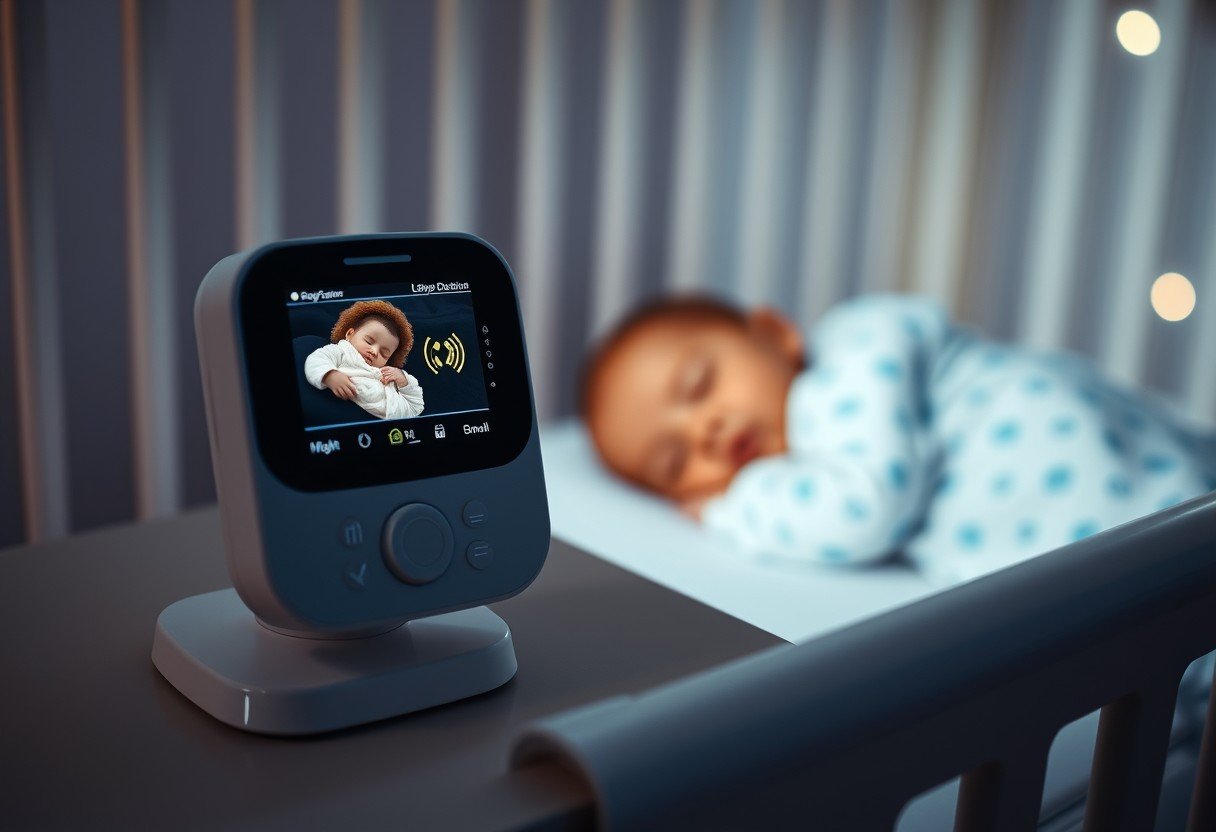


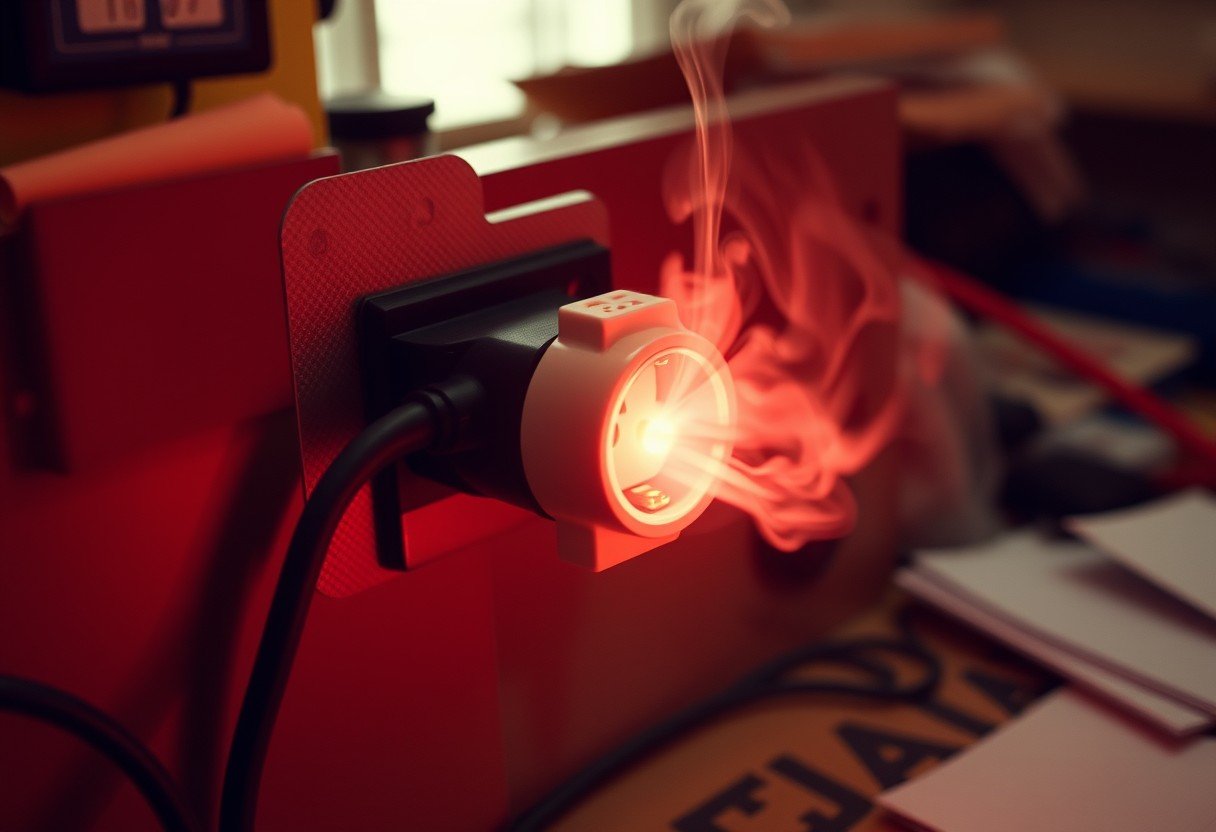
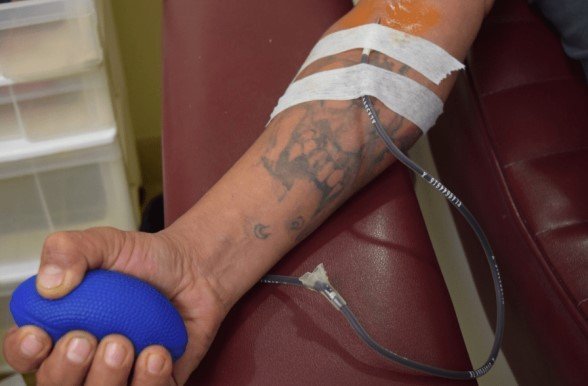
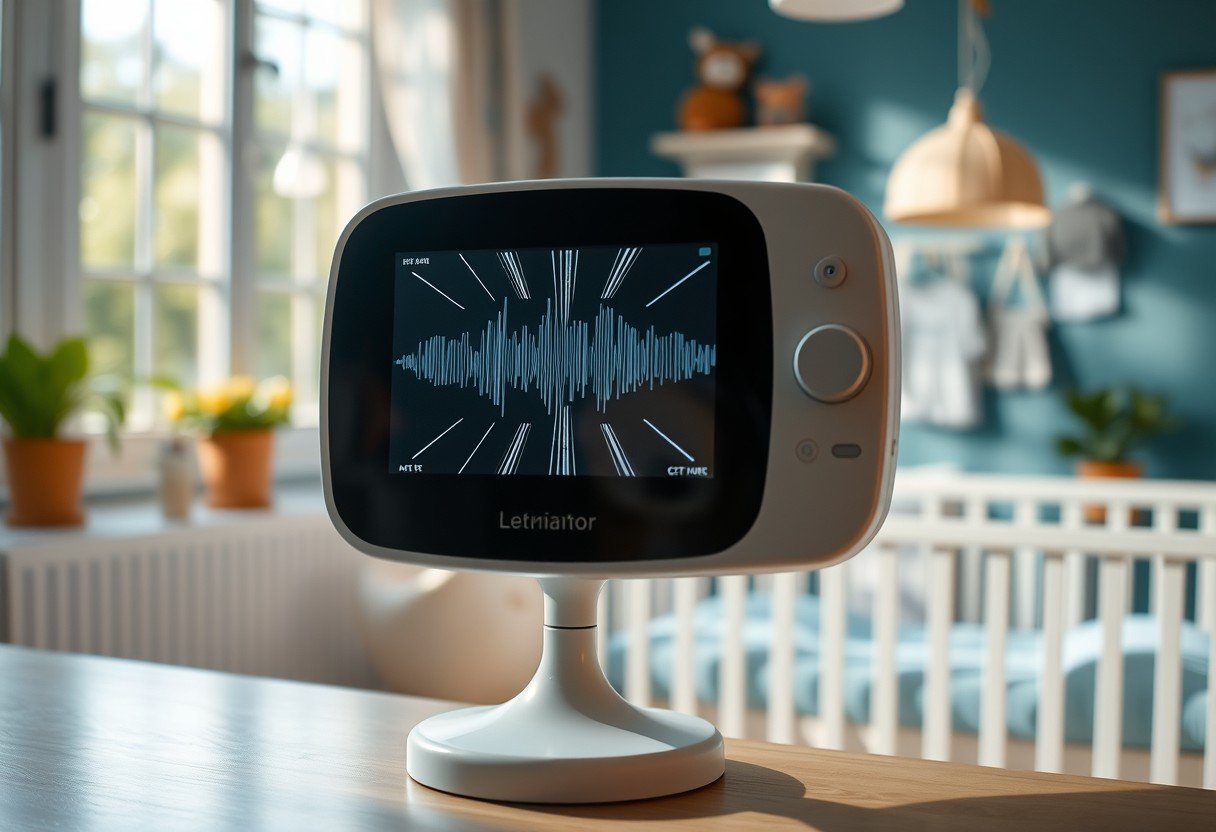

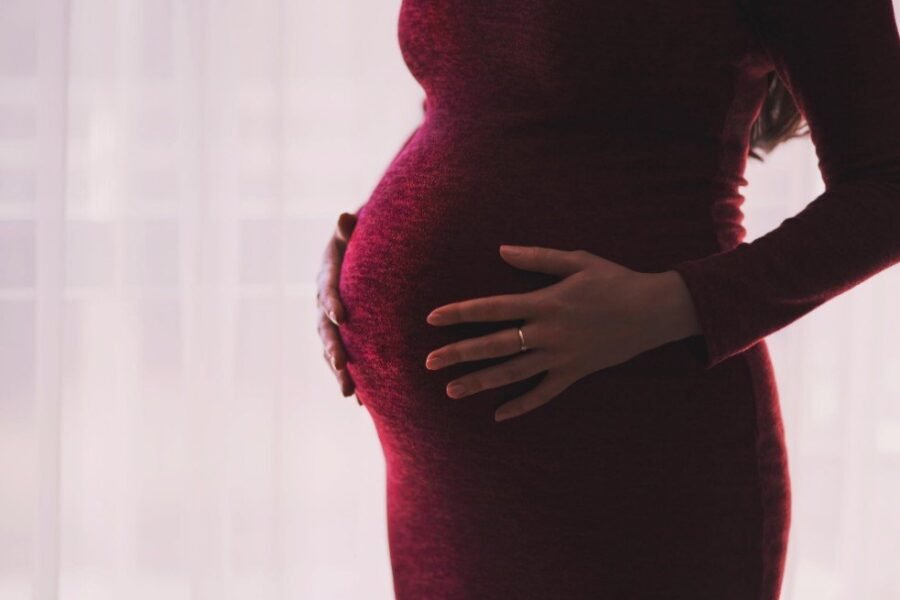
Leave a Comment